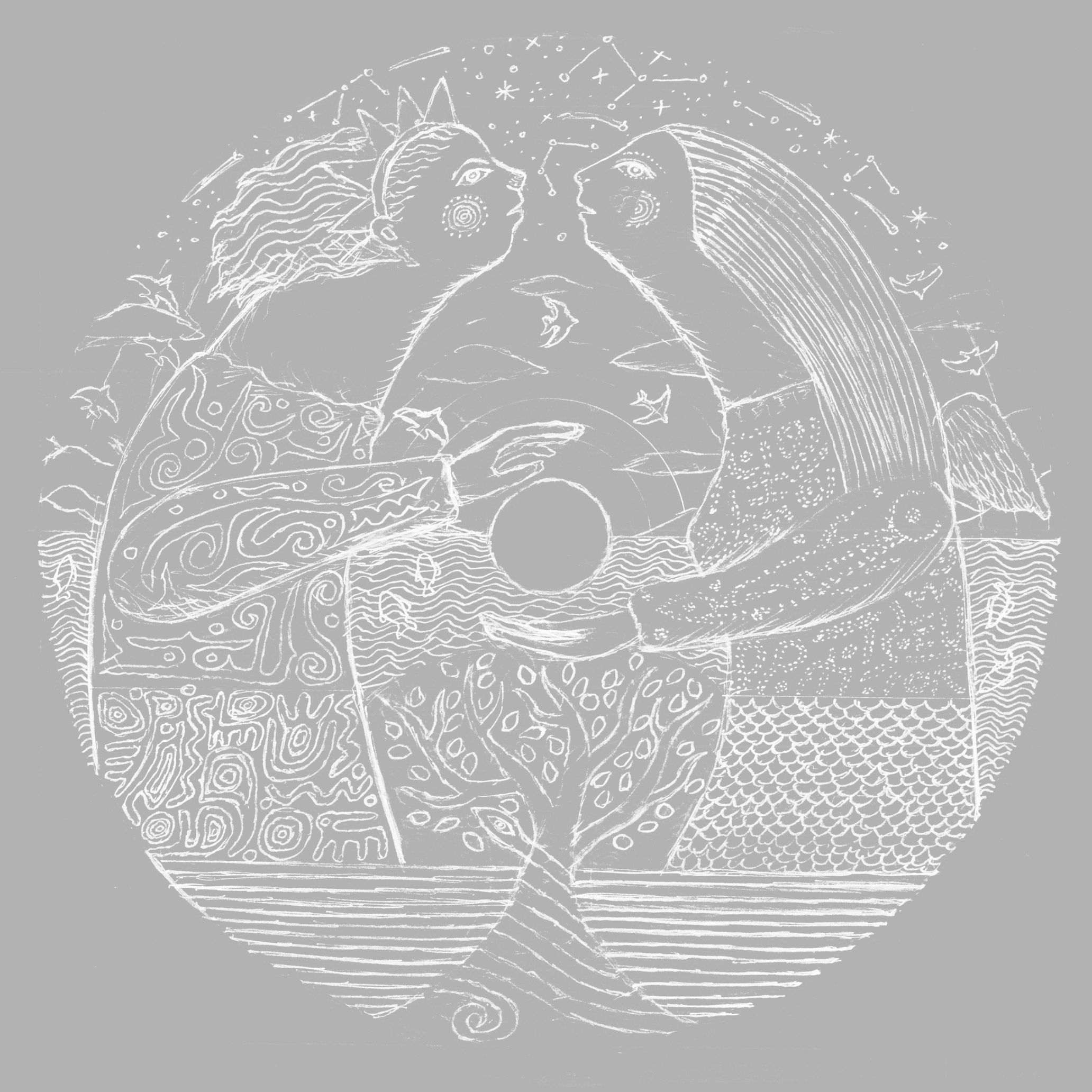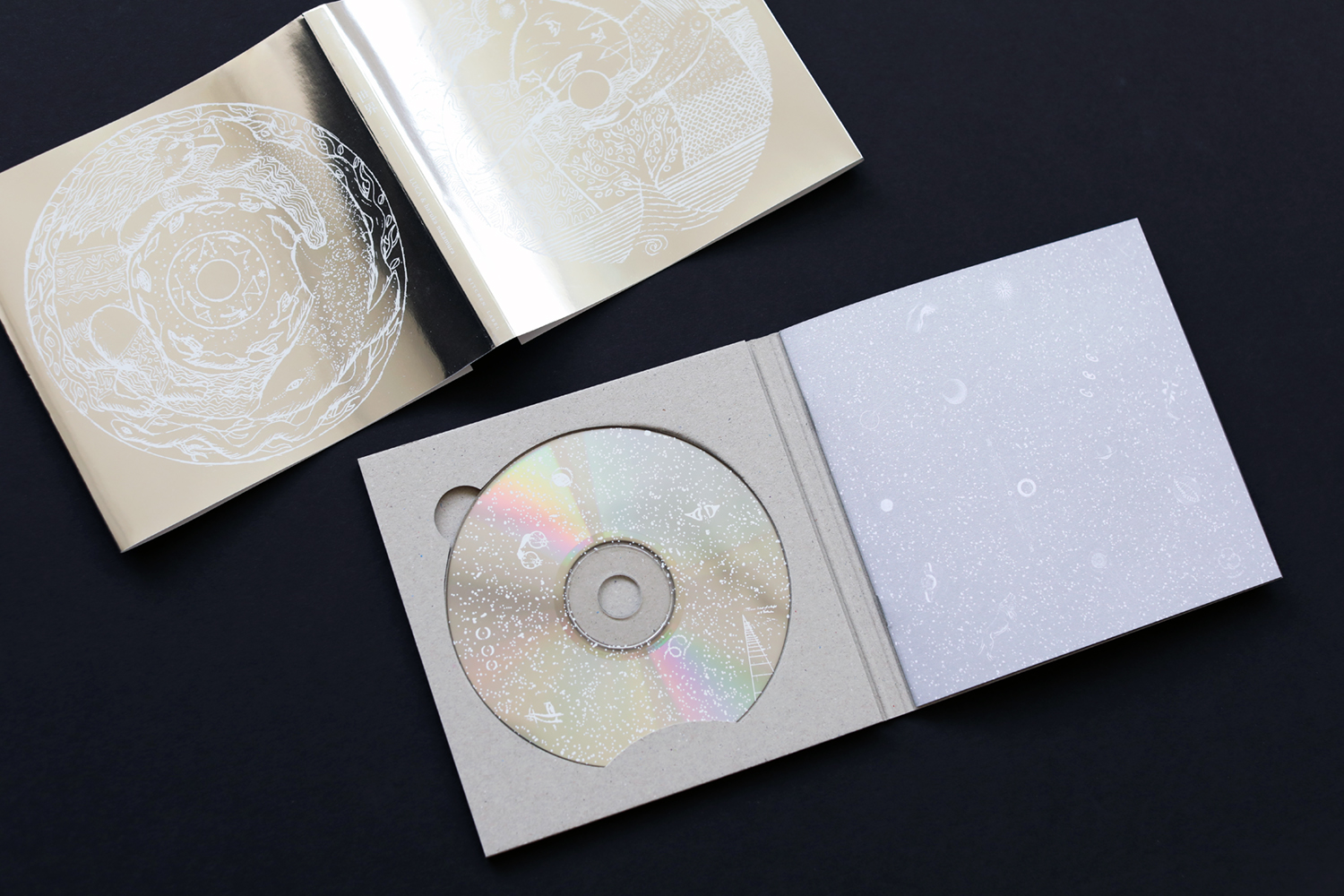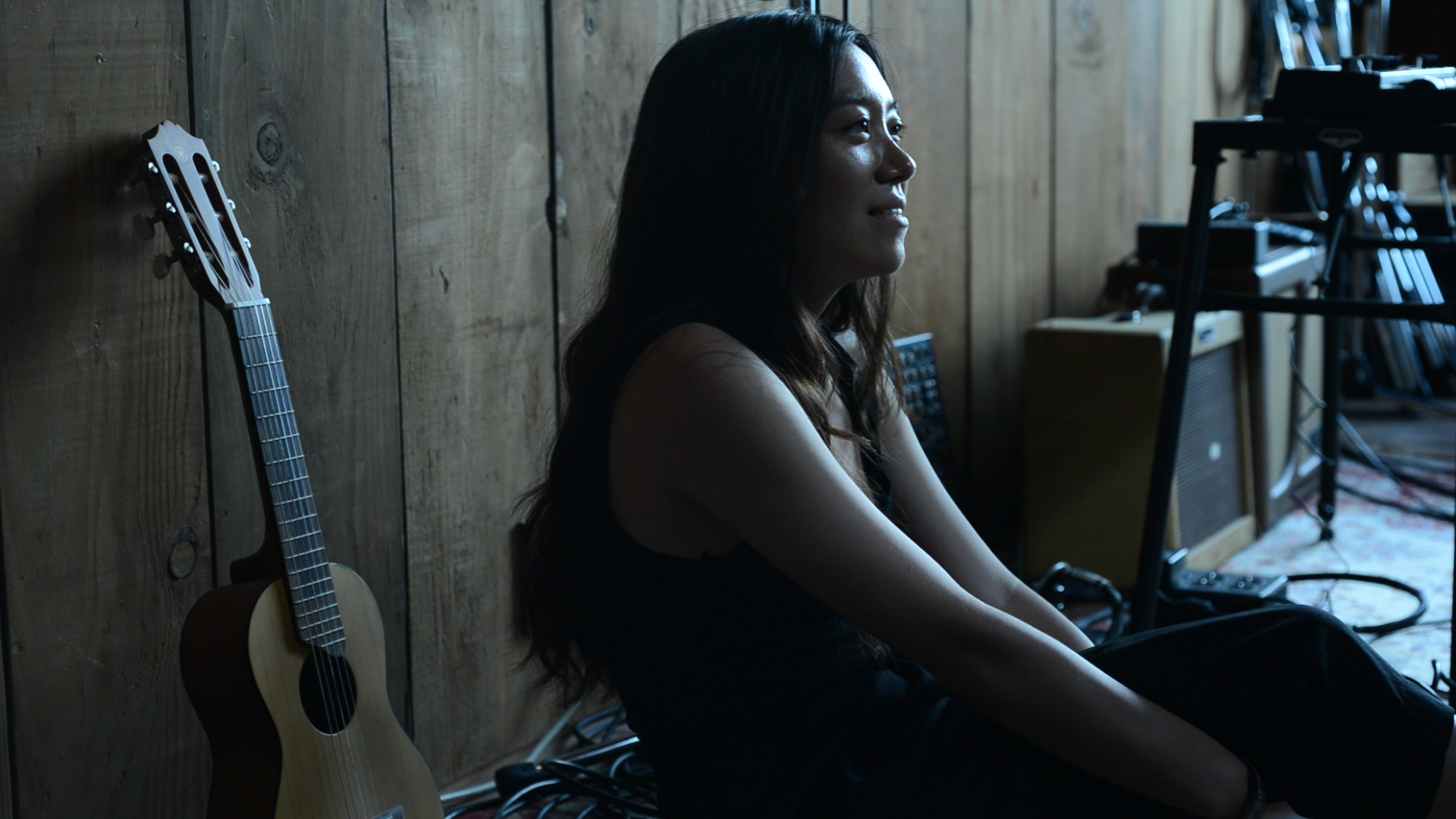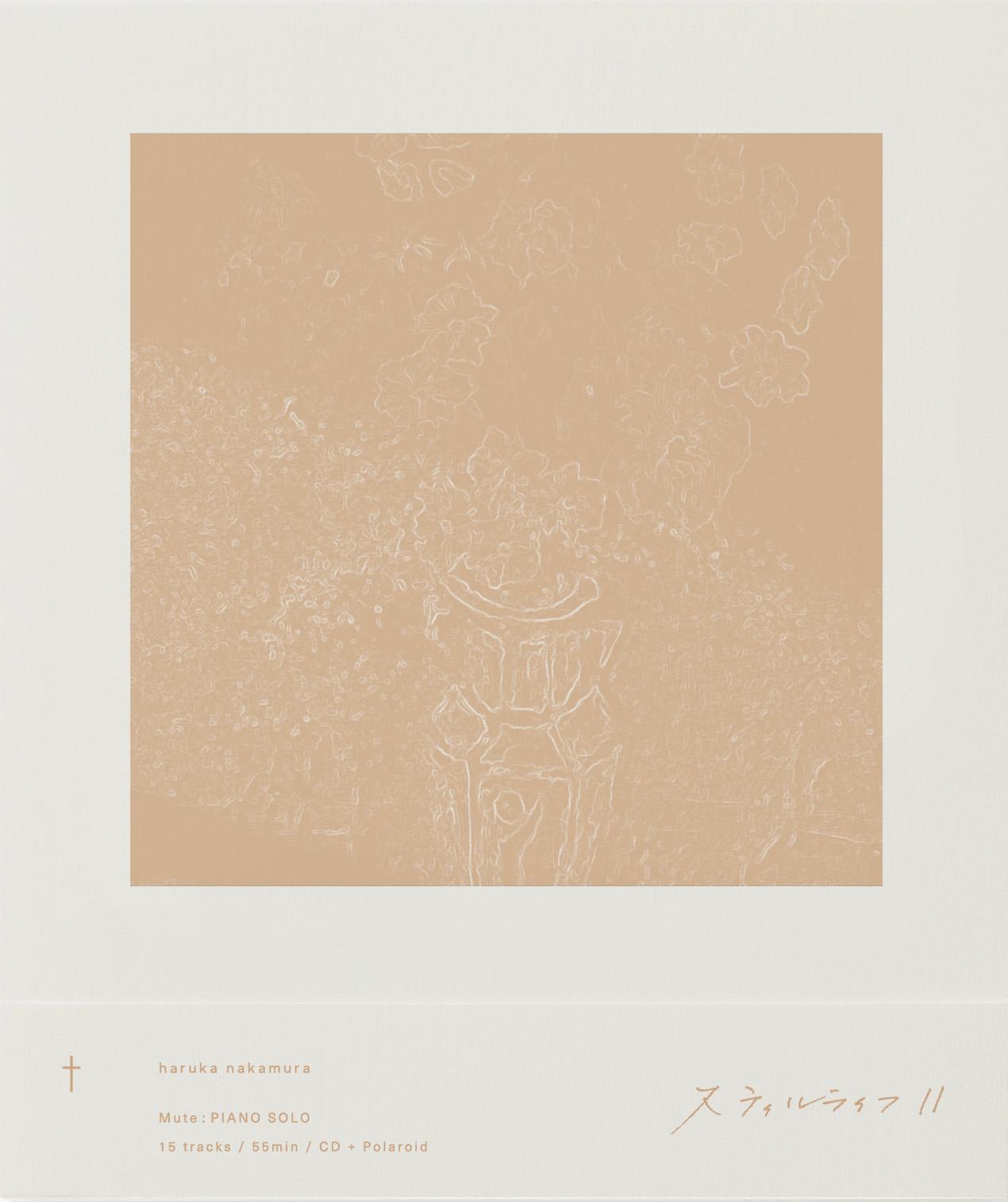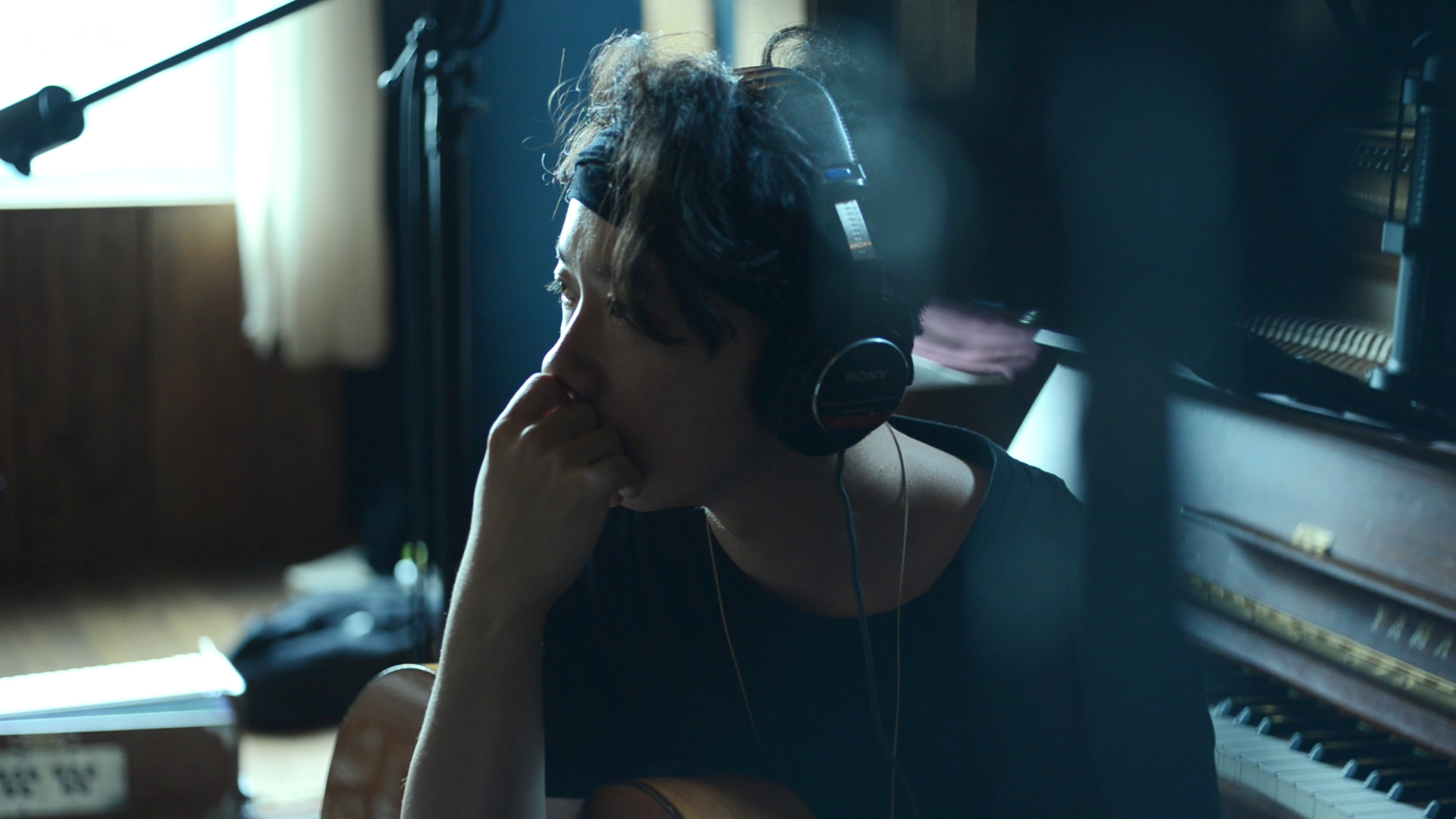Since the start of the coronavirus, our world has drastically changed. Communication and travel, which we once took for granted, are now restricted, and every aspect of our daily lives is overshadowed by fear of the virus. Still, the pandemic shows no sign of slowing, and we continue to live in these strange times without a clear end in sight.
In the midst of all this, I listened to an album titled “The World” this fall of 2020. The album is by musician haruka nakamura and LUCA, a Kyoto-based singer-songwriter whose recent work includes a role in the chorus for Ryuichi Sakamoto’s 2017 album, “async.” nakamura and LUCA have been collaborators for some time now, but this album is their first release of their new project, arca. In “The World,” LUCA sings softly over Nakamura’s quiet piano and acoustic guitar as they depict life in a new, post-pandemic world. I caught up with LUCA and nakamura for an email interview.
LUCA and nakamura met by chance. One day, nakamura received a CD from the owner of a Kyoto cafe called STARDUST. As it turns out, that CD happened to be Luca’s first album, “So, I began” (2015), and the owner of the cafe was actually LUCA’s mom. Listening to the CD on the bullet train home, nakamura was struck by LUCA’s voice. According to nakamura, LUCA’s voice sounded like what he had imagined as the ideal voice. At the time, LUCA was still living in Paris, but the two began to collaborate soon after her return to Japan.
nakamura: “The first song we wrote together was called ‘Hachiboshi.’ I played piano while LUCA sang. In an instant, a melody and poem were born, and it became a song. It wasn’t just that we had similar taste–rather, I felt a sense of inevitability, like puzzle pieces were falling into place. I felt like there was a song we had to write, and it was our mission to make it a reality.”
nakamura is known for his collaborations with Nujabes, Ichiko Aoba, and Miroko Machiko, and has gained popularity overseas for his delicate, profound music style. So, who is LUCA, the singer-songwriter who captured his attention?
LUCA was born in 1994 in Berkeley, California. Although the album nakamura had listened to, “So, I began,” featured songs solely in English, she’s actually a bilingual singer-songwriter. In August of this year, she released, “Tsunda Hanataba Kotaba ni Nashite,” a collection of ambient and acid folk songs inspired by old Japanese folk songs. Unlike the hundreds of songs attempting to put a new spin on folk music, this album is filled with fresh sounds.
LUCA: “I spent my childhood abroad, so up until a few years ago, I wasn’t able to smoothly incorporate Japanese lyrics into the music. One night at a big party, there was a man singing Tottori Prefecture’s “Kaigara Bushi” [a Japanese folk song] by himself, and he spent the whole night teaching it to me. Strangely, those old lyrics and sounds somehow came easily to me, like I had absorbed them into my body. That was my first encounter with minyo [a genre of traditional Japanese music]. When I sing minyo, my voice comes from a different place, and I feel like I’m connecting directly with the earth. It’s a strange thing.”
Perhaps one thing that nakamura and LUCA have in common is that their work draws from local cultures that nurture sound. In April of this year, nakamura released his first solo piano album, “Still Life” (a second work from this series is scheduled to be released this November). The cover of “Still Life” features a still life by his late grandfather that nakamura found in his mother’s piano lesson room. The album tells the story of nakamura’s life, as well as the culture and history of his hometown of Aomori.
Nakamura: “My great-grandmother was involved in Shinto rituals at this one large, seaside Inari shrine. Because of that, I’m interested in Shinto shrines, ancient Shinto music and dancing, and the Nihon Shoki [a book of classical Japanese history]. At one point, I was spending a lot of time researching it all. My grandfather has published several books about my great-grandmother, but I’m still trying to find out more about my family and Tsugaru [Western region of Aomori Prefecture]. I think it’s important that there was music in ancient times, and that river still flows uninterrupted into today. And I think it’s a matter of whether you’re able to feel that.”
After the success of their first collaboration, “Hachiboshi,” nakamura and LUCA began to work together on a full-fledged album. This experiment eventually developed into their new project, arca.
nakamura: “LUCA and I are connected in a number of different ways. First, the fact that our names are quite similar. We’re also the same sign of the Chinese Zodiac, both born 12 years apart on the same cycle. There are a bunch of other things, too. But I thought that if we were going to collaborate, we should create one unified work rather than just combine our names.”
The two recorded arca’s first album, “The World,” at Studio Camel House in Yamanashi. The engineer, Gen Tanabe, makes up one-half of the duo orbe with nakamura and is one of his very close friends. They were able to think of new ideas and improvise as they worked on the album in what Nakamura says was “an amazing, high-elevation environment that had a big window with a view of Mt. Fuji and the Kofu Basin.” Thus, every sound actually feels like it was recorded from a studio looking out on the Kofu Basin. The album possesses the special charm of sunlight shining through the windows and wind coming down from the mountains. Songs such as “SUN DANCE,” a track based off an eight-bar loop Nujabes gave nakamura before his death, conjure the image of sunlight shimmering through the trees.
There’s a quality to nakamura’s piano playing that gives this work a sense of depth. In “Still Life,” Nakamura found a renewed interest in the piano as an instrument, and this is clearly reflected in the music. Nakamura says that “the piano is an instrument with countless possibilities.” He continues:
“There are many things to be learned from the piano, and I still feel like I can’t truly play it. I want my piano playing to sound like wind that blows in the forest. I want to always feel the forest from the sound of the piano, which itself is made from the forest.”
Other than two songs written by nakamura, LUCA was in charge of writing all the song lyrics, many of which are inspired by nature. One can see the attempt to live in harmony with a world that is increasingly divided. Today, people are separated from people, country from country, and humans from nature. In that kind of world, the songs on this album resonate like a prayer. In the past, song and dance have acted like a bridge in times of division, and in listening to arca’s music, we can be reminded of the role that music has played since ancient times.
LUCA: “The way our world works and the state of our country are inextricably linked to every one of our lives. In order to live in this world, where everything comes back around, we can’t think of everything as only somebody else’s problem. As people living on this Earth, whenever something happens, we feel it through the filter of our own lives. I think I was able to capture that in this album. The kindness of humans, the innate goodness and love–that’s the key to everything! That’s the feeling that I carry deep inside me lately as I go about my everyday life.”
How do the two hope that people will listen to their album in the current coronavirus situation? And how do they hope it resonates in this world?
Nakamura: “I’m not hoping for anything in particular. We started from nothing, and then we made music. And I think art is the opposite of war.”
LUCA: “I’m not hoping for anything. either. I want to leave it to everyone who listens to feel the way they do. But if I have to say something, I hope that this music becomes a seed of something. I’d be happy if it were a seed of peace and kindness.”
In arca’s harmonies lie a certain toughness. The music is full of warm sounds and words, but instead of an easy, relaxing listening experience, it’s full of meditative power that seems to sharpen the listener’s senses. What kind of future can we create in this post-corona world? Perhaps one of the charms of this album is that as we listen, we begin to imagine the world that is to come.
LUCA was born in 1994 in Berkeley, California. In 2015, she released “So I began.” From there, she began to string words and melodies together, singing folk songs that would resonate across Japan. Her latest work, released in August 2020, is a collection of folk songs featuring photographs by Miho Kajioka. In addition to her solo work, her experience includes vocal performances for Ryuichi Sakamoto’ solo album “async,” as well as the album “Light Waves” in collaboration with Kyoto-based artist There is a fox. She is also involved in other work both inside and outside of music, such as writing lyrics, providing narrations, or translating works, such as photographer Ariko Inaoka’s latest work “Eagle and Raven.” She is currently based in Tokyo after living in California, Denmark, Paris, and Tokyo.
https://www.lucadelphi.com
haruka nakamura
nakamura was born in 1982 in Aomori, Japan. His latest work is “Still Life,” a solo “mute piano” album. He has performed at the World Peace Memorial Cathedral and many other important cultural properties. In recent years, he has been in charge of the music for the special opening video for the Enoura Observatory designed by Hiroshi Sugimoto, “Cartier, Crystallization of Time” at the National Art Center in Tokyo, and a documentary program about Tadao Ando. He has also played piano in a live stream from Kyoto’s Kiyomizu Dera Temple, as well as composed music for Tokyo Sky Tree and other planetariums. Furthermore, he has performed with the Waseda University Symphony Orchestra at the Okuma Auditorium. His collaborators include Nujabes and many others. He is currently working on a live reading session (live album announced) with translator Motoyuki Shibata, and a live painting series with painter Miroco Machiko. He has also produced various works such as an album with “evam Eva” and a wine with Yamanashi winery “BEAU PAYSAGE.” In addition, he has worked on commercial music for brands such as Calorie Mate, Pocari Sweat, the Ad Council Japan, and CITIZEN.
https://www.harukanakamura.com
Translation Aya Apton

